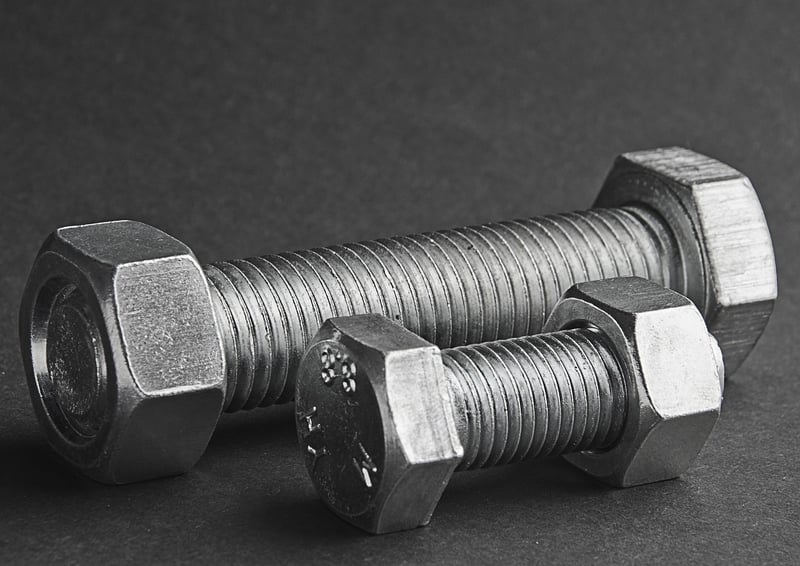Pranayama Techniques

Techniques to Control and Enhance Breathing + Pranayama Techniques
Introduction
Proper breathing techniques play a crucial role in maintaining overall well-being. By learning to control and enhance our breath, we can improve our physical and mental health. This article will explore various techniques to help you master the art of breathing, including the ancient practice of Pranayama.
1. Diaphragmatic Breathing
Diaphragmatic breathing, also known as abdominal or belly breathing, involves breathing deeply into your diaphragm. To practice this technique:
- Sit or lie down in a comfortable position.
- Place one hand on your chest and the other on your abdomen.
- Inhale deeply through your nose, feeling your abdomen rise and expand.
- Exhale slowly through your mouth, feeling your abdomen fall.
- Repeat for several breaths, focusing on the movement of your abdomen.
2. Box Breathing
Box breathing is a technique used to regulate breathing patterns and induce a sense of calm. Follow these steps to practice box breathing:
- Inhale deeply for a count of four seconds.
- Hold your breath for another four seconds.
- Exhale slowly for four seconds.
- Hold your breath again for four seconds.
- Repeat the cycle several times, focusing on the rhythm of your breath.
3. Alternate Nostril Breathing (Nadi Shodhana)
Nadi Shodhana, or alternate nostril breathing, is a Pranayama technique that helps balance the flow of energy in the body. Here's how to practice it:
- Sit comfortably with your spine straight.
- Using your right thumb, close your right nostril and inhale through your left nostril for a count of four seconds.
- Close your left nostril with your right ring finger, hold your breath for four seconds.
- Release your right nostril and exhale for four seconds.
- Inhale through your right nostril, close it, and exhale through your left nostril. Repeat this cycle for several minutes.
4. Benefits of Pranayama
Pranayama, the practice of breath control in yoga, offers numerous benefits, including:
- Reduced stress and anxiety levels.
- Improved lung function and respiratory health.
- Enhanced focus and concentration.
- Increased energy levels and vitality.
- Balanced autonomic nervous system.
Conclusion
Mastering breathing techniques, such as diaphragmatic breathing, box breathing, and Pranayama, can significantly impact your physical and mental well-being. By incorporating these practices into your daily routine, you can experience greater relaxation, improved focus, and overall vitality.
Remember, consistent practice is key to reaping the full benefits of these breathing techniques. Start with a few minutes each day and gradually increase the duration as you become more comfortable.
Keep breathing and stay healthy!